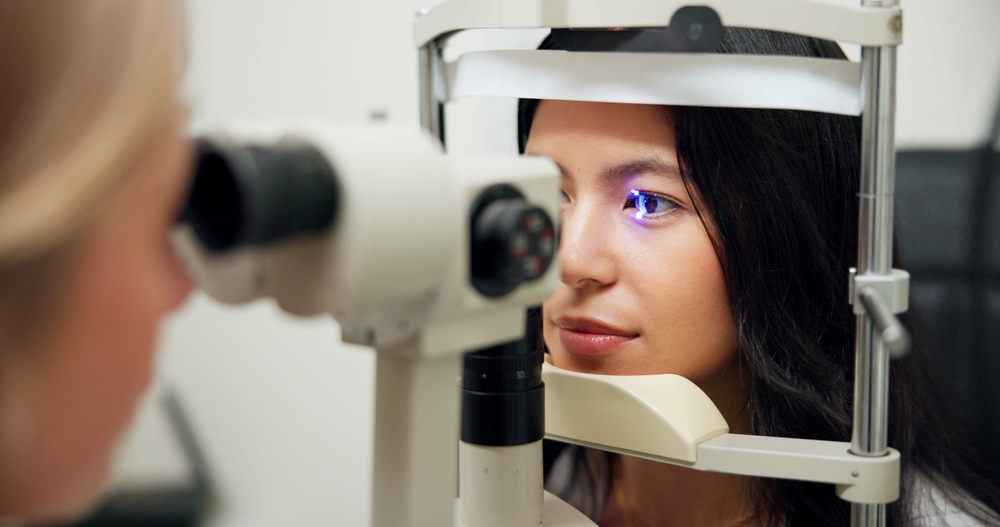How Diabetic Eye Exams Can Preserve Your Vision
Blog:How Diabetic Eye Exams Can Preserve Your Vision

Diabetes is a complex condition that affects multiple systems in the body, including vision. Over time, high blood sugar levels can lead to serious eye complications such as diabetic retinopathy, macular edema, glaucoma, and cataracts. However, regular diabetic eye exams play a crucial role in detecting these issues early and preventing vision loss.
Understanding Diabetic Eye Diseases
Diabetes increases the risk of several eye diseases that, if left untreated, can lead to permanent vision loss. Some of the most common conditions include:
Diabetic Retinopathy – Damage to the blood vessels in the retina, leading to vision impairment or blindness.
Diabetic Macular Edema (DME) – Swelling in the macula, which affects central vision.
Glaucoma – Increased pressure in the eye, potentially damaging the optic nerve.
Cataracts – Clouding of the eye’s natural lens, making vision blurry and reducing clarity.
The good news is that early detection through routine diabetic eye exams can help manage and slow the progression of these conditions.
The Importance of Regular Diabetic Eye Exams
Many diabetic eye diseases develop gradually and may not show noticeable symptoms in the early stages. This is why routine eye exams are critical. Detecting issues early can prevent severe vision loss and allow for timely treatment.
A comprehensive diabetic eye exam typically includes several tests to assess eye health. One of the most common is a dilated eye exam, where drops are used to widen the pupils, allowing the doctor to examine the retina for signs of damage. This is an essential step in identifying early-stage diabetic retinopathy and other conditions.
Another important test is Optical Coherence Tomography (OCT), which provides detailed images of the retina. This scan helps detect swelling, abnormalities, or early signs of diabetic macular edema.
Fluorescein angiography is another diagnostic tool used during diabetic eye exams. This test involves injecting a special dye into the bloodstream, which highlights the blood vessels in the retina. It helps identify any leakage, blockages, or changes in circulation caused by diabetes. Additionally, tonometry is performed to measure intraocular pressure, which is crucial in detecting glaucoma—a condition that people with diabetes are at a higher risk of developing.
These screenings allow for early intervention, reducing the risk of severe vision problems. Annual diabetic eye exams are key to protecting long-term vision and preventing irreversible damage.
Managing Your Eye Health with Diabetes
In addition to regular exams, there are proactive steps you can take to protect your vision:
Control Blood Sugar Levels – High glucose levels can damage blood vessels in the eyes, leading to complications.
Monitor Blood Pressure and Cholesterol – Maintaining healthy levels reduces the risk of eye disease.
Quit Smoking – Smoking increases the likelihood of diabetic retinopathy and other vision-related issues.
Wear UV Protection – Sunglasses with UV protection help reduce the impact of sunlight on your eyes.
Schedule Your Diabetic Eye Exam at Martin Eye Today
Diabetes can pose serious risks to eye health, but regular diabetic eye exams provide a crucial line of defense against vision loss. By detecting problems early and implementing effective treatment strategies, these exams help preserve sight and maintain long-term eye health.
At Martin Eye, we specialize in comprehensive diabetic eye care and early detection of vision-threatening conditions. Visit our office in Kyle or San Marcos, Texas. Please call (512) 256-5315 or (512) 210-0719 to book an appointment today.






